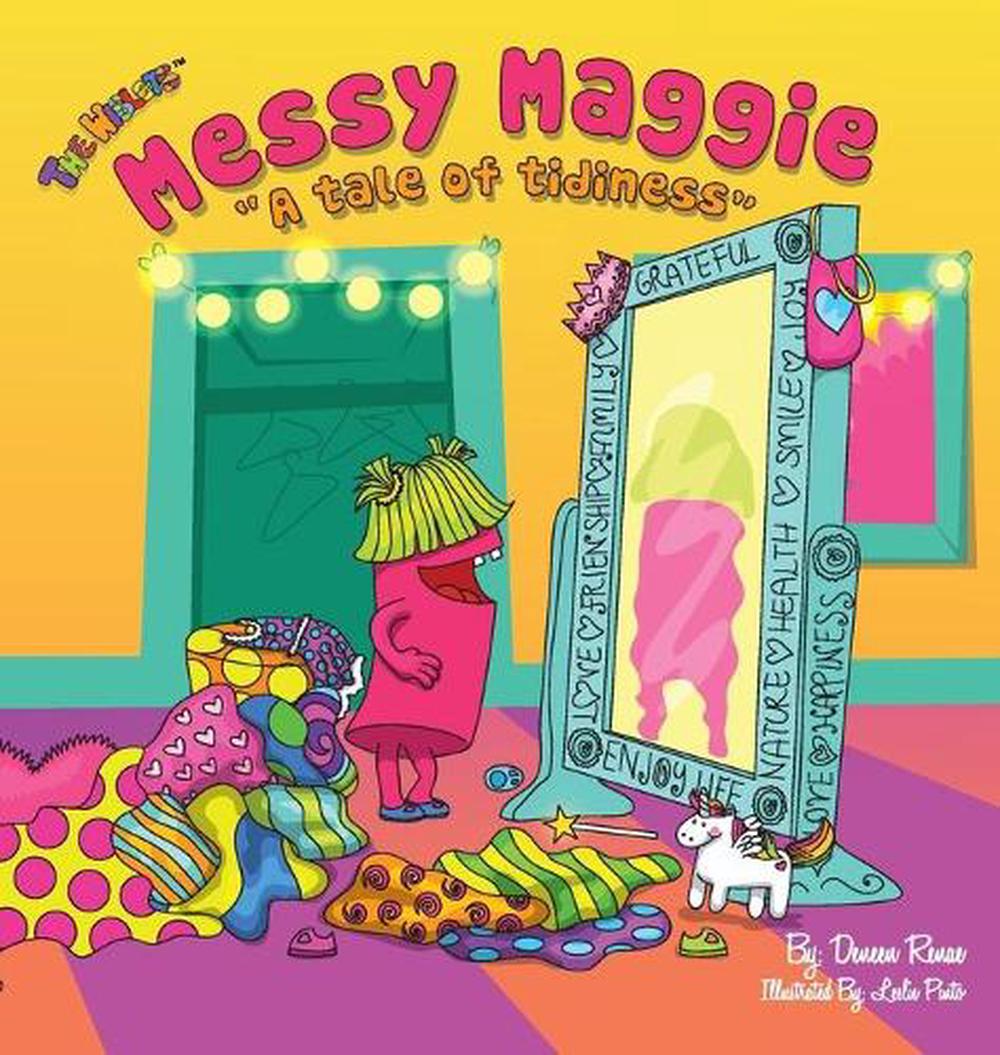

Second, this book will show you how to develop good methodology and statistical practices. We focus on a dialect of R called the tidyverse that is designed with a consistent, human-centered philosophy, and demonstrate how the tidyverse and the tidymodels packages can be used to produce high quality statistical and machine learning models.
BOOK ON TIDINESS SOFTWARE
Welcome to Tidy Modeling with R! This book is a guide to using a collection of software in the R programming language for model building called tidymodels, and it has two main goals:įirst and foremost, this book provides a practical introduction to how to use these specific R packages to create models. 20.1 Creating the Training Set for Stacking.19 When Should You Trust Your Predictions?.18.4 Building Global Explanations from Local Explanations.17.3.1 Effect encodings with partial pooling.17.3 Using the Outcome for Encoding Predictors.16.5.4 Uniform manifold approximation and projection.16.2 A Picture Is Worth a Thousand… Beans.16.1 What Problems Can Dimensionality Reduction Solve?.15.1 Modeling Concrete Mixture Strength.14.3.1 Simulated annealing search process.13.4 Tools for Creating Tuning Specifications.12.5 Two general strategies for optimization.12.4 The consequences of poor parameter estimates.12.2 Tuning Parameters for Different Types of Models.12 Model Tuning and the Dangers of Overfitting.11.2 Comparing Resampled Performance Statistics.11.1 Creating Multiple Models with Workflow Sets.10.2.4 Rolling forecasting origin resampling.10 Resampling for Evaluating Performance.8.4.1 Encoding qualitative data in a numeric format.8.1 A Simple recipe() for the Ames Housing Data.7.5 Creating Multiple Workflows at Once.7.4.1 Special formulas and inline functions.7.4 How Does a workflow() Use the Formula?.7.3 Adding Raw Variables to the workflow().7.1 Where Does the Model Begin and End?.5.4 Other Considerations for a Data Budget.4.1 Exploring Features of Homes in Ames.3.4 Combining Base R Models and the Tidyverse.3.3 Why Tidiness Is Important for Modeling.2.1.3 Design for the pipe and functional programming.1.5 How Does Modeling Fit into the Data Analysis Process?.1.3 Connections Between Types of Models.


 0 kommentar(er)
0 kommentar(er)
